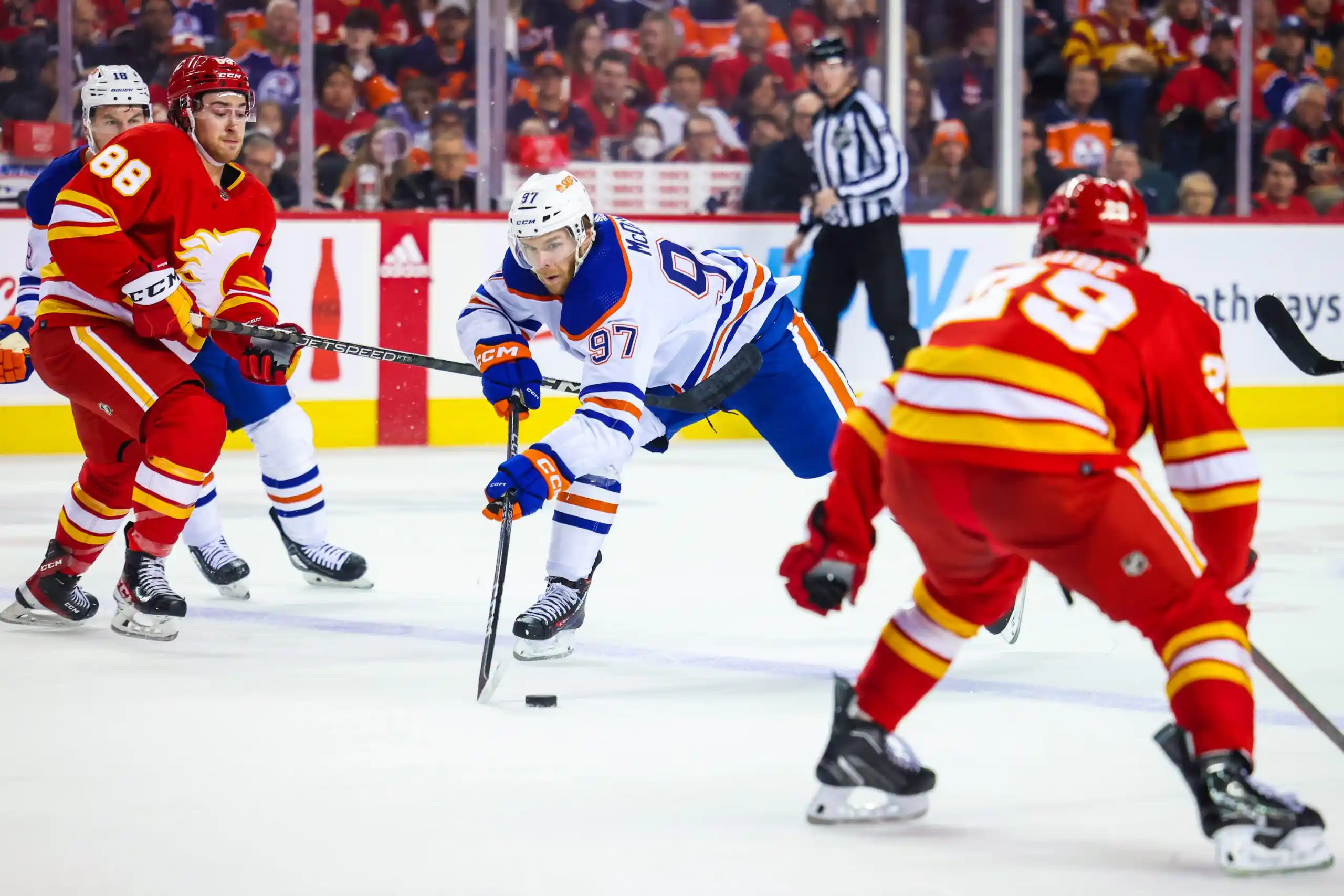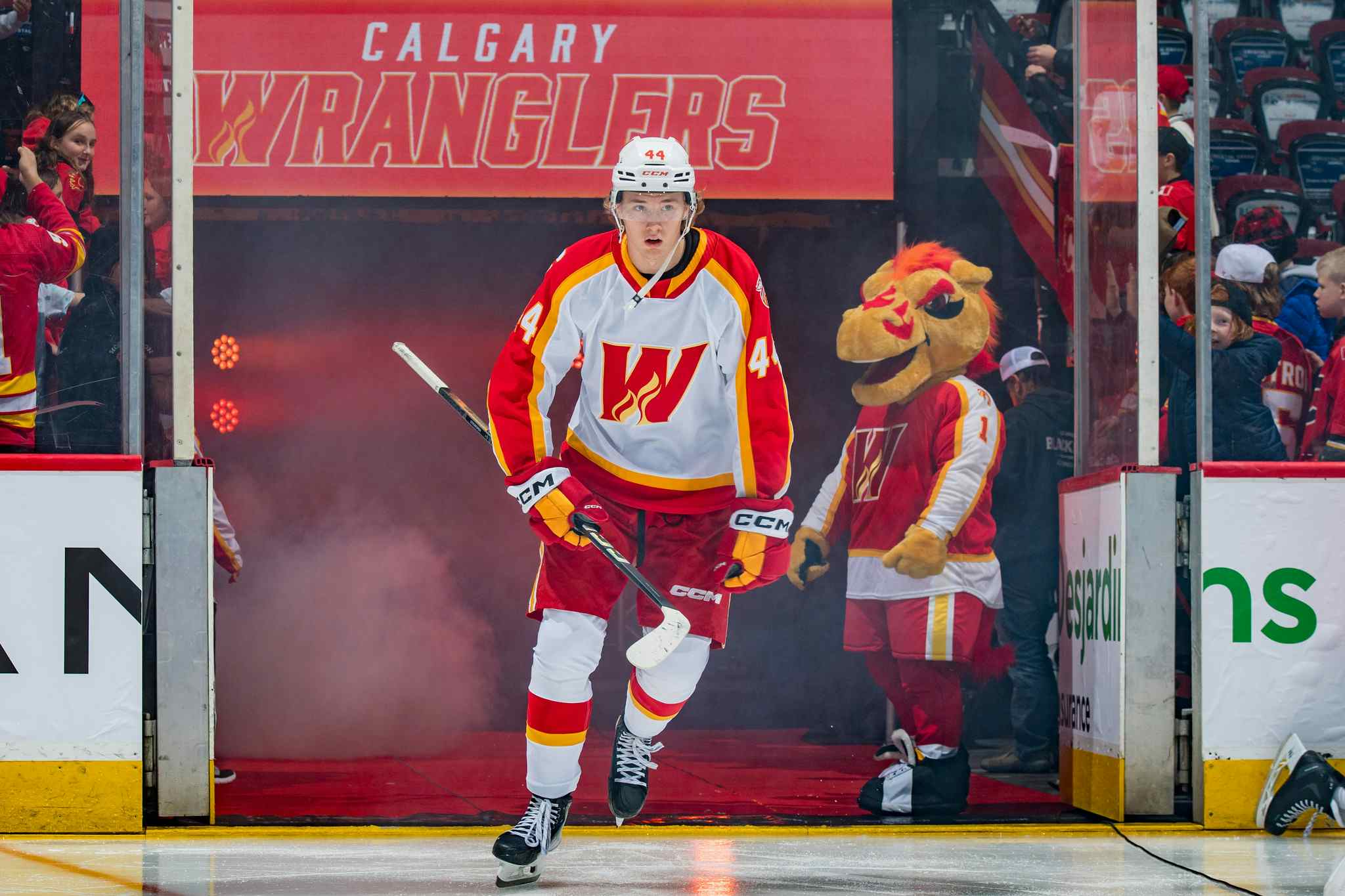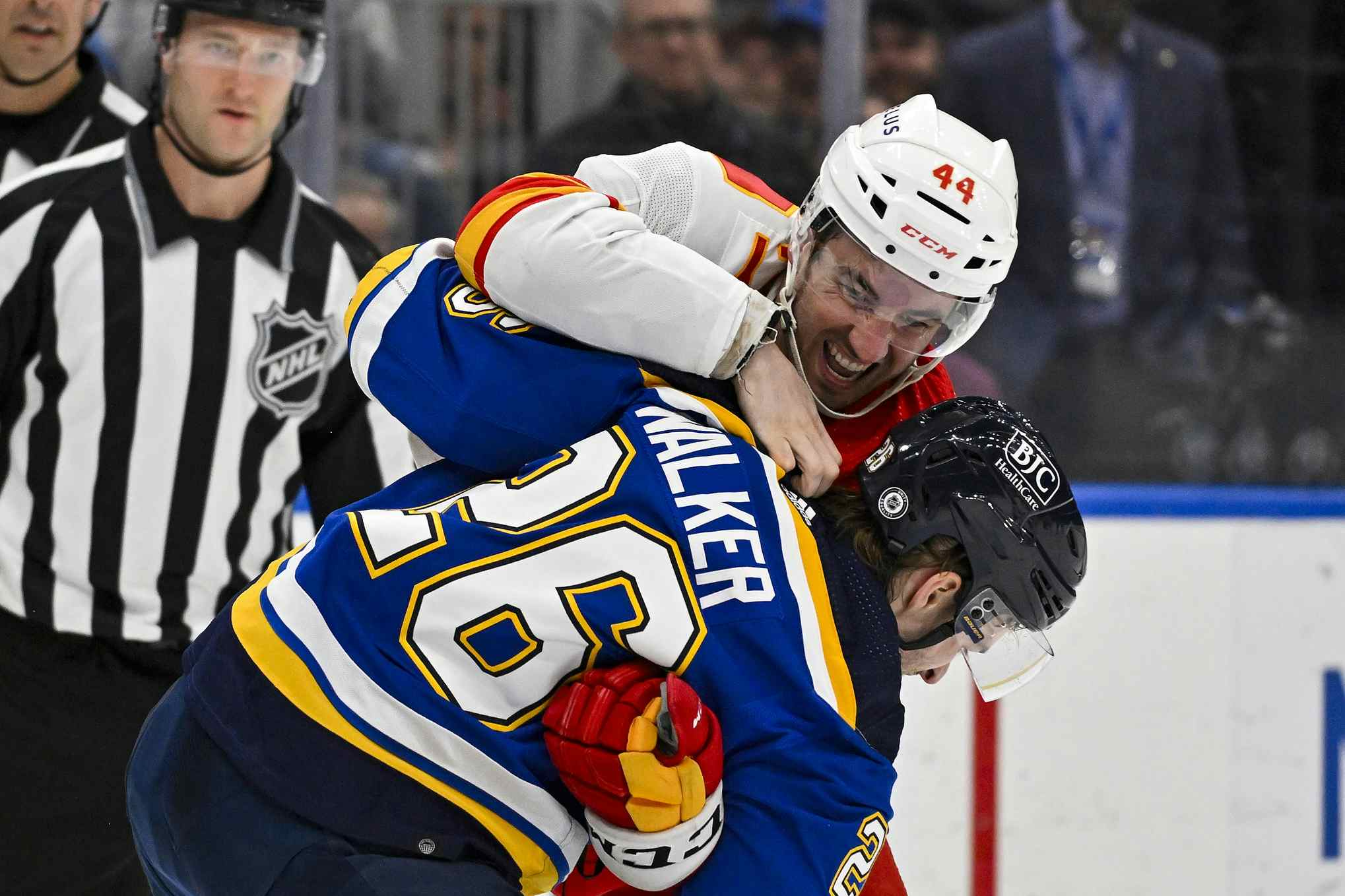The Bridge Contract Curse
By bookofloob
9 years ago
Via NHL.com
There was an interesting tweet that came from Chris Botta of the Sports Business Journal yesterday:
Okay, not necessarily a surprise. We knew that with the mammoth deal that Rogers signed to effectively subject us to terrible coverage of the game we love so dear for the next 12 years, league revenues were ultimately going to go on the upswing.
And boy howdy, are they ever. What this also means, consequently, is a big rise in the salary cap (and the floor, if you’re paying attention) Here’s a little tidbit from this past May from Toronto sports journalism maverick, James Mirtle (thanks to FRIEND OF THE BLOG Thomas Drance for pointing this out):
Nothing final in these numbers here, but there’s a good chance we’ll see the cap rise to somewhere in the 70-71 million dollar range, with the cap floor climbing up the stairs to somewhere in the realm of 53 million sheckels. Yowza.
The Realities

This, to most teams, is probably a good thing. There are a few contenders out there inching dangerously close to the cap that would like a bit more breathing room so they can attract the BIG* UFA attractions out there on the open market.
*BIG= pretty much just Paul Statsny
Other teams, like the now laughably dubious Eugene Melnyk owned Ottawa Senators, well…if I finish this thought, he might try to make me disappear.
In reference to your Calgary Flames, with all the cap space in the world already, this is, very potentially, a bad thing, and it could be an immediate test for new GM Brad Treliving’s business savvy. Because of a couple of what I would like to call a very good-intentioned mistakes by Treliving’s predecessor, one Mr. Jay Feaster (more on this later), the Flames need to spend money just to get to the cap floor, and that’s where things get goofy.
In Calgary, according to Capgeek, the greatest resource of anything in the world, the Flaming C are going to start the 2014-15 campaign with just a hair over 39 million dollars of payroll, given all the bodies with contracts currently in place. That’s 8 forwards, 5 defenseman, one Finnish goaltender, and 19 young men with big dreams and no money that want in on the piece of Calgary Flames pie. Some of those kids will get there, but they aren’t yet, so here we are. 39 mil, son. Obviously that means some warm bodies are needed to insulate us all when we’re cold at night. So if you’re a math genius like I am, you’re already aware that Treliving and his Entourage-esque army of assistants need to spend 14 million dollars between locking up their own FAs (whether they’re any good or, more likely, not) and signing others testing the market JUST FOR THE PRIVILEGE OF BEING AT THE CAP FLOOR. Dios mio, amigos, that is mucho dinero.
The Bridge Is Out

This was going to be a challenge anyway, but, as mentioned, if not for the errors of Feaster going into last season, the damage here could have been, in any small fashion, mitigated to a degree.
(sorta)
Of course I’m talking about the bridge contracts signed one erstwhile summer ago by both adorable young Flame wunderkins Mikael Backlund and TJ Brodie.
You’ll remember, around these parts and pockets of believers elsewhere, we (as long time advocates of both players) have been long time advocates of bypassing the bridge contract options due to the special nature of their budding talents. (at least for Brodie, we probably could have been sold on Backlund’s deal based on his usage and possibly a spotty injury history). This is because the upward trends in both players were obvious, even if they were relatively “unproven” to a lot of fans and media alike. Kent alone had suggested locking up Brodie long term was a great idea and people wanted to have his brain examined. (Would the same detractors be laughing now? WHO IS TO SAY?)
(me. I’ll say it. No they would not)
The arguments for locking up the two Killer B’s is not the same argument I’m making today. The original assessments were made to avoid the potential P.K. Subban style conundrum the Montreal Canadiens find themselves in at the moment. What happens when you take one of your strongest young talents, give them a bridge contract to “prove” themselves, only to have that player far outperform the expectations placed upon him over the term of that contract? This is what happened in Montreal with Subban, and it’s why they’re going to pay through the nose to keep him beyond this season, if they can retain him at all.
This is also what happened to both Brodie and Backlund. All the underlying numbers suggested that over two seasons we’d see their development shoot north. This happened. The worry was that those same players would rocket past the expectations laid out for them. This also happened. Even the most ardent TJ Brodie fans (ie. Flames Nation) did not see him excelling to the point where he was a member of probably the finest shutdown pairing in the league.
And that’s fine. Re-signing them after this season, barring, I don’t know, locusts, should not be an issue. The cap space is ample, and you can probably reasonably convince both camps that they’re going to be key pieces in the Flames continuing rise to relevance as the team develops more talent around them. This is not the Subban mess everyone thought it could be.
Why they should have forgone the bridge contracts is so that both youngsters are committed to larger contracts that count against the cap for this coming season, and for at least a few years after that. Between Mickis and TJ, they currently count for 3.625 million dollars against the ceiling(!). If they had been signed to a longer term deal each, let’s say Brodie making somewhere in the range of 4.5 over 4 years, and Backlund being paid 3 over a similar term (these are completely hypothetical but I don’t think unrealistic contracts given where we had predicted them to be coming into this season), that’s a little under 4 million dollars that you don’t have to spend on a mediocre player just to get to the floor.
And THAT is the biggest issue here. It’s not about losing the two stalwarts to bigger markets with deeper pockets, that is not a valid concern. The issue is that this is a young, developing team that has the potential to be great relatively soon, and if you need to water down that system with big money to middling players just to meet some financial obligations, you mess with the continued maturation you’re trying to cultivate.
It’s perfectly kosher to bring in UFAs that make your team better, but I think we can all agree the availability of fish in that pond this year is preeeettty thin, and anyone worth big free agent dollars will not be jumping ship to Calgary, because unless they’ve been chloroformed and re-educated by Brian Burke against their will, they know the Flames are not a contender, and even though the money is here, the chance to win lies elsewhere.
And the last thing anyone wants to see is Brad Treliving offering term to Brian Gionta.
Conclusion
Taking on cap space when you have enough to offer is not the end of the world. Teams do it all the time. It’s nothing to offer a 3-4 million dollar deal over a year or two to a third line winger that’s worth a fraction of that. The Flames have the space, and they can only infuse the lineup with so many kids.
But revenues are not expected to drop anytime soon. With the new TV deal, they’re a lock to go up. Which means this becomes a re-occurring hassle over a middling period of time. This leads to announcements that sound like “we’re pleased to announce we’ve re-signed Chris Butler”, or “Player X’s new contract is very similar to Dennis Wideman’s, as they were comparable players to begin with”.
It’s wonderful to manage the financial obligations of your future stars for as long as you can. If it weren’t for all the fiscal irresponsibility we wouldn’t be living in a cap era to begin with. And yes, inking Brodie and Backlund to loftier contracts would have been, however calculated, a risk indeed. But sometimes good cap management means opening the vault a little bit wider than you maybe would have intended, especially when it’s for players that everyone predicted would perennially make your team better than it was the year before. For all the talk about players being open to doubt, it’s better to take a little bit of a leap of faith in your homegrowns rather than taking a far riskier gamble on some expired magic beans out in the market.
The challenge now is for Treliving and friends to manage to put an X next to money contracts that are sensible options for the Flames (hello Anton Stralman), resisting the urge to throw money at the annual “this guy is going to inexplicably get paid in the summer” (Matt Niskanen), and maintain this equilibrium while also throwing enough dollars around to hit the floor running. A little bit extra off the top for the guys who are already doing it for you would have been a good way to manage that a little better. That way you don’t have to bring Olli Jokinen back just to get good with the money police.
So, you know, good luck.
(If the Hawks buy out Marian Hossa, this whole piece is moot. GET HIM)
Recent articles from bookofloob





